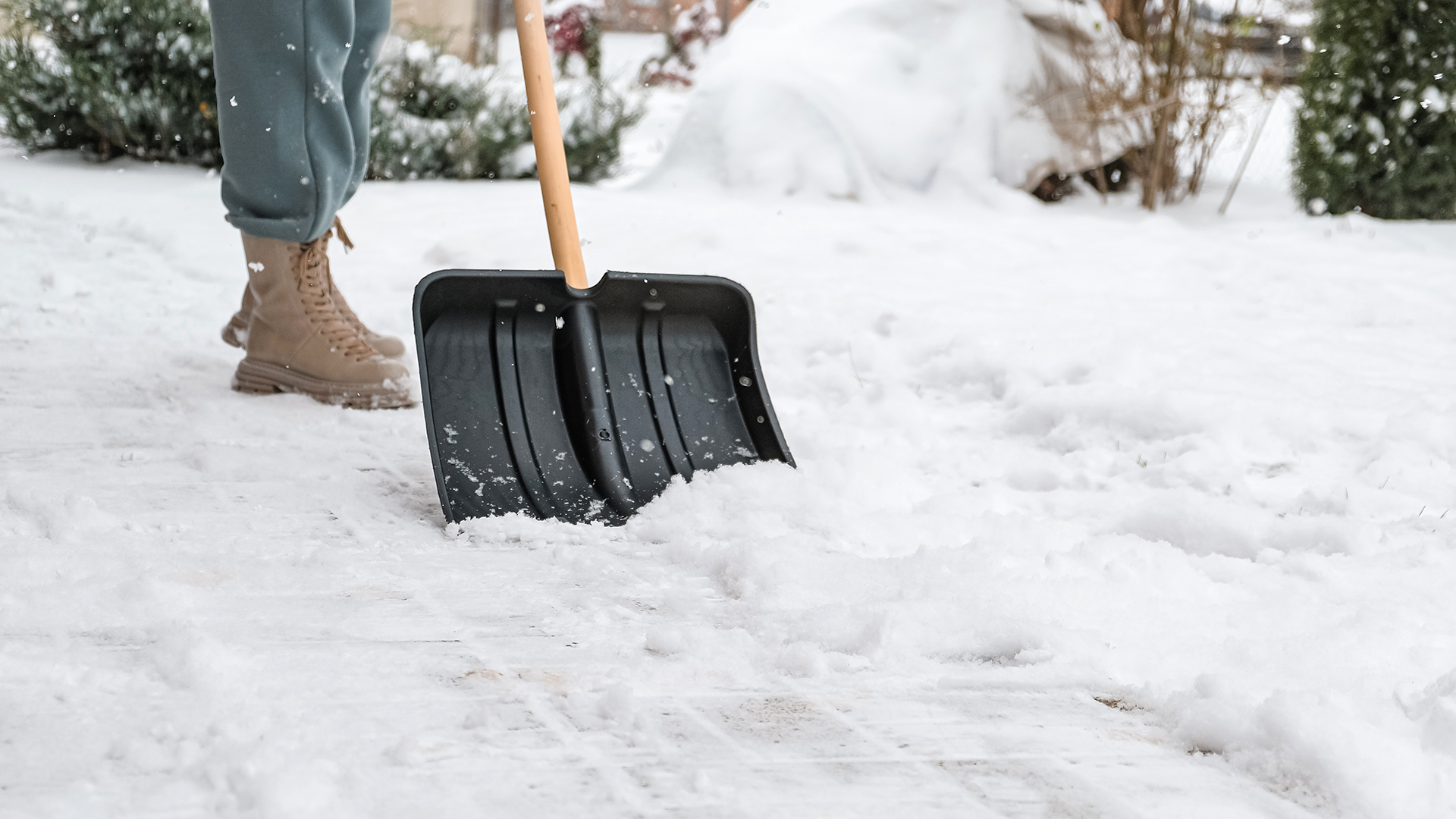
Now the cold weather’s hit our county, there’s a good chance that we will see snow and ice build-up on paths and roads.
The LCC expert gritter teams are out in all hours to make Lincolnshire routes as safe as possible but there’s things that you can do too to ensure that the slippery stuff is kept to a minimum.
So, if you’re going to head out to clear a footpath or roadside area from the deluge then here’s some good tips to know so that we’re all safe and sound whilst upping the grip levels on our own bits of this terrific county.
Good things to know if you want to clear snow from footways
Do:
- work from the footpath at all times, and makes sure working towards the direction of oncoming traffic wherever possible
- put the snow on the verge or grassed area
- put snow on the edge of footways next to the road
- put sand or grit down on cleared areas for that bit more grip for those using the path
- use grit and salt sparingly
Do not:
- lift too much snow in one go – it's deceptively heavy
- use hot water to melt ice or snow – it can refreeze to form ‘black ice’
- obstruct accesses or paths with the snow you shift
- use grit or salt from Highway grit bins on private property
- work when the weather’s too cold or rough
Remember, you DO NOT need to use a lot of salt to have an effect on ice. A teaspoon of salt per square metre will be enough to defrost ice patches.
When Working Outside
- wrap up warm
- wear a reflective coat if possible
- wear stout footwear
- wear snow and ice grippers when walking – especially when pushing snow
- beware of hypothermia and the effects of wind chill
What the law says about clearing snow and ice from the Highway and Public Spaces
There is no law to stop you from clearing snow and ice on the pavement outside your property, pathways to your property or public spaces. This includes both public carriageways and footpaths.
Here’s some useful tips for clearing snow off the road and paths
Do:
- use purpose-built machinery if you have it available
- skim the top of the snow off with a JCB/mechanical bucket to leave around an inch of snow, so that you do not damage the road surface, remove catseyes or come into contact with ironwork such as drain covers
- report any damage caused or found
- operate with dipped beam headlights at all times
- operate flashing/rotating amber beacons at all times
- place the snow on the verge or grassed areas
- keep in regular contact with your operating base, try to do this every hour at a minimum
Do not:
- scrape the road surface with a JCB/mechanical bucket
- obstruct accesses or footpaths with the snow
- take risks or be out of contact with your operating base
Vehicle operators and drivers should have and use
- a reflective jacket
- emergency food and drink
- mobile telephone or radio system
- stout waterproof footwear
- snow and ice grippers on your shoes / boots
If you’re driving then here’s good things to know about getting about in the slippery stuff
It might sound obvious, but driving in the winter is a skill set all its own. The weather is likely to get bad and you could find yourself travelling more in the dark as the nights get longer. So, to stay as safe as possible, it’s best to adapt the way you drive.
Prepping your car
Make sure that your vehicle is in good, all-round order – that includes checking anti-freeze levels, battery charge, windscreen washer bottle is full and wipers are good. It is also a good idea to clean the car’s windows, too.
Tyre-wise, check pressures and treat depth (including the spare wheel if you have one). If your car doesn’t have a spare wheel, then make sure you have a useable can of tyre inflator onboard and easily accessible.
And make sure you’ve got plenty of fuel in the tank.
An emergency kit
It’s a great idea to have an emergency kit in your car at all times (especially on a long journey). It doesn’t have to cost much to put together, but it could really help you if you end up stuck somewhere.
A mobile phone that’s charged up is the first thing; tow rope, blanket, extra set of warm clothes, a torch, wellies, a shovel and food and drink are also advised. A first aid kit is a great idea to have with you too – just in case.
Get proper prepped
If the emergency services are saying not to travel then avoid making the journey if at all possible. But, if you can’t avoid going out, then listen to local and national weather and travel news for the latest information in the changing conditions.
Be flexible, allow yourself plenty of time, don’t rush and change your travel plans accordingly if you have to.
If you can, make sure that someone knows you’re travelling. Tell them the route you’re planning on taking, where you’re going to and when you’re expecting to arrive.
Driving in the worst conditions
Things to remember:
- Slow down. In the slippery stuff it takes longer to stop your vehicle and there’s a higher chance of getting into a skid.
- Be gentle. No harsh accelerating, braking or steering. Treat everything slow and calmly.
Increase the gap between you and the vehicle in front. You may need up to TEN TIMES the normal distance for braking.
